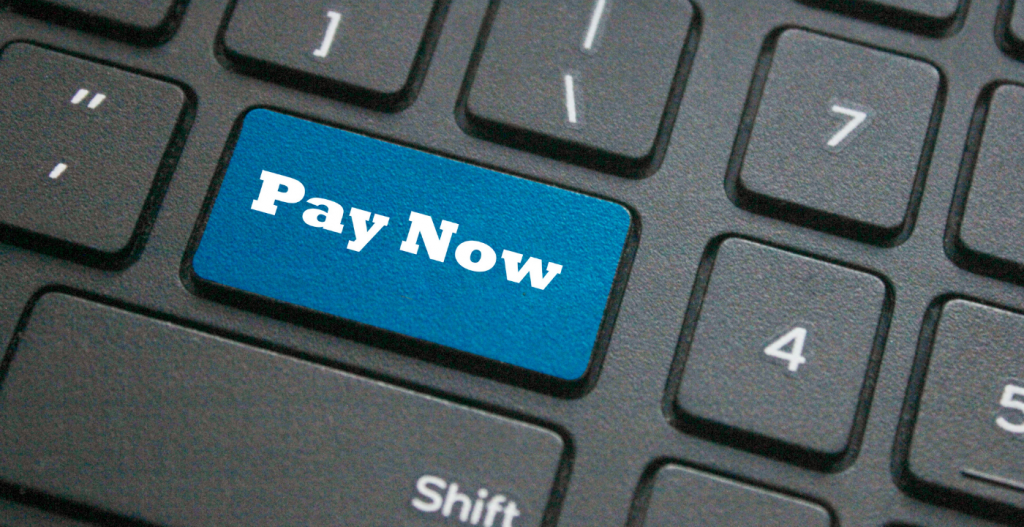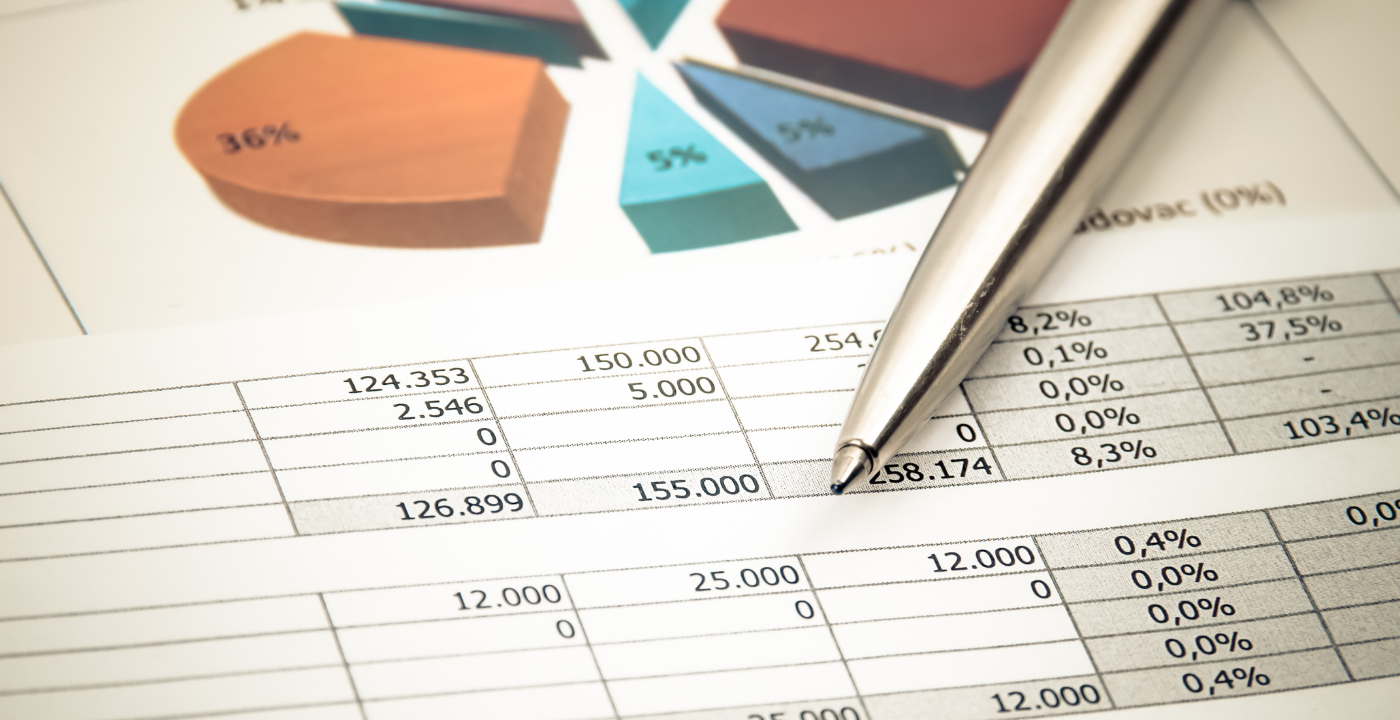Your balance sheet is a Report that will be in your annual accounts. This is likely the only time it will be presented to you as there is generally a lot less emphasis on it from a day-today business running perspective.
In a nut shell, your Balance Sheet will tell you what your business owns and what it owes, at any point in time. Where as your Profit and Loss Account tells a story, your Balance Sheet is only ever a snap shot of a specific moment in time.
I will go into more detail, below, around what each section of your balance sheet tells you, and how you can use this report on a regular basis to help you improve your business.
Fixed Assets (sometimes called non-current assets)
This will be home to the larger assets that your business owns. Plant and machinery, computer equipment, vehicles, property, etc. will all be found here.
These assets will be depreciated year on year (whether you are aware of this or not) to reflect their current values. This level of depreciation should be discussed with you to ensure you are happy it is fair, but more often than not, your accountant will use pretty standard rates of deprecation, based on their experience.
So, the number on your balance sheet for Fixed Assets should represent the current value of the assets your business owns, not what you originally paid for them.
Oftentimes, business owners get confused when they buy a new item of plant and machinery as they immediately believe it will reduce their profit. The new asset does not impact the P&L at all, as it goes to the balance sheet. However, various tax reliefs are generally available to ensure your tax liability is reduced accordingly.

Current Assets
Current assets contain the value of your stock, your cash in bank and in hand, and your debtors (amounts owed to you).
They are called ‘current’ assets because they can (in theory) quickly be turned into cash (if they are not cash already).
Most business owners will have a keen eye on their bank balance to make sure it is going in the right direction and to make sure they can pay their staff and suppliers.
However, it is also important for business owns to keep track of their stock and debtor levels.
A business that is holding too much stock runs the risk of that stock losing its value due to obsolescence (think large amounts of tech stock which gets superseded with newer models regularly coming out), or the stock going out of date (depending on the type of stock – food and drink, for example).
Stock management becomes more important as your business grows and you should consider investing in robust stock management software to help you stay on top of this. Decent stock systems can have reorder levels automated so they automatically order more of something when the total on hand falls below a certain amount.
Cash is the lifeblood of any business. Having slow paying customers can destroy a business. Make sure you monitor your debtors regularly to make sure your invoices are being paid on time. If not, it may be time to get someone in to help you with credit control, chasing invoices as they fall due for payment.
It is also important to ensure your invoices are as easy as possible for you customers to make the payment. There are numerous payment options out there that integrate with your accounting software to add a ‘Pay Now’ button to your electric invoice.

Current liabilities
Similarly, to current assets, current liabilities are described as current because they will result in a fairly quick cash outflow.
Unpaid supplier invoices will be found here, along with VAT, PAYE, Corporation Tax, etc. You should also find your Director’s Loan Account balance here (if everything is as it should be). See my blog – ‘What is a Directors Loan Account?’ for more information on this.
It is important to monitor who you owe money to. That last thing your business needs is a ‘Stop’ on a supplier account because their recent invoices haven’t been paid. This could cause delays to your production which would then affect your income levels.
You should also try to make use of supplier credit terms. If a supplier has 30-day terms, rather than paying them immediately, think about using the 30 days and holding onto the cash for a bit longer, in case something super urgent comes up. You never know what’s around the corner.
Long term liabilities (non-current liabilities)
Here you will usually find business loans which may have a repayment term in excess of 1 year.
Where your business has a loan, it is important to split out what is due within 1 year from what is due in more than 1 year. This is because users of your accounts (such as banks) may look at your ‘net current assets’ to make sure that your current assets are in excess of your current liabilities. This gives them confidence that your business has enough ‘liquid’ assets to cover the shorter-term liabilities. So, your business doesn’t run out of cash and have to close.
So, make sure your accounts don’t have the whole loan dumped in current assets, if it is not all repayable within a year, as it makes it look like your business cannot afford to cover its short term debts.
Equity (Shareholders funds)
This is the final section of the Balance Sheet.
Here you will find the company’s share capital, and the Retained Earnings (accumulated profits less accumulated losses). You may also find Share Premium here and other reserves, but these are less common.
The main thing to look at here is the Retained Earnings. Dividends can only be paid out of ‘Distributable Reserves’ which should equal this figure. If the Retained Earnings are negative, your company cannot pay you a dividend.
Sometimes a company might make a profit in a financial year and the director wants to pay a dividend. Unfortunately, if your business made losses in the previous years, you may need to generate more profit, to wipe out those losses, before you can then think about dividends.
Now that you know what your Balance Sheet is telling you, you can begin to make better decisions to grow your business and gain control of your cash. If you would like regular management reports based on up-to-date information, please get in touch.
Just call on 01604 662670 or email [email protected]

Martin Crooke is a Partner at Kilby Fox Chartered Accountants in Northampton. Martin specialises in helping small business owners gain financial control of their lives so they can focus on what they do best.
